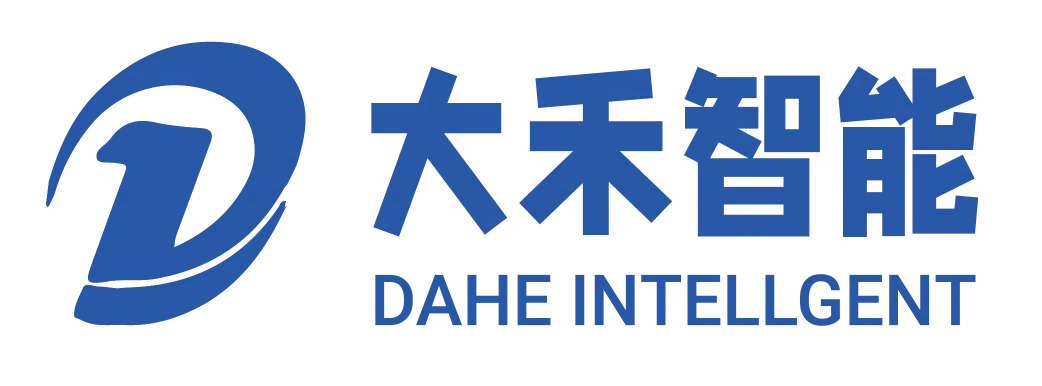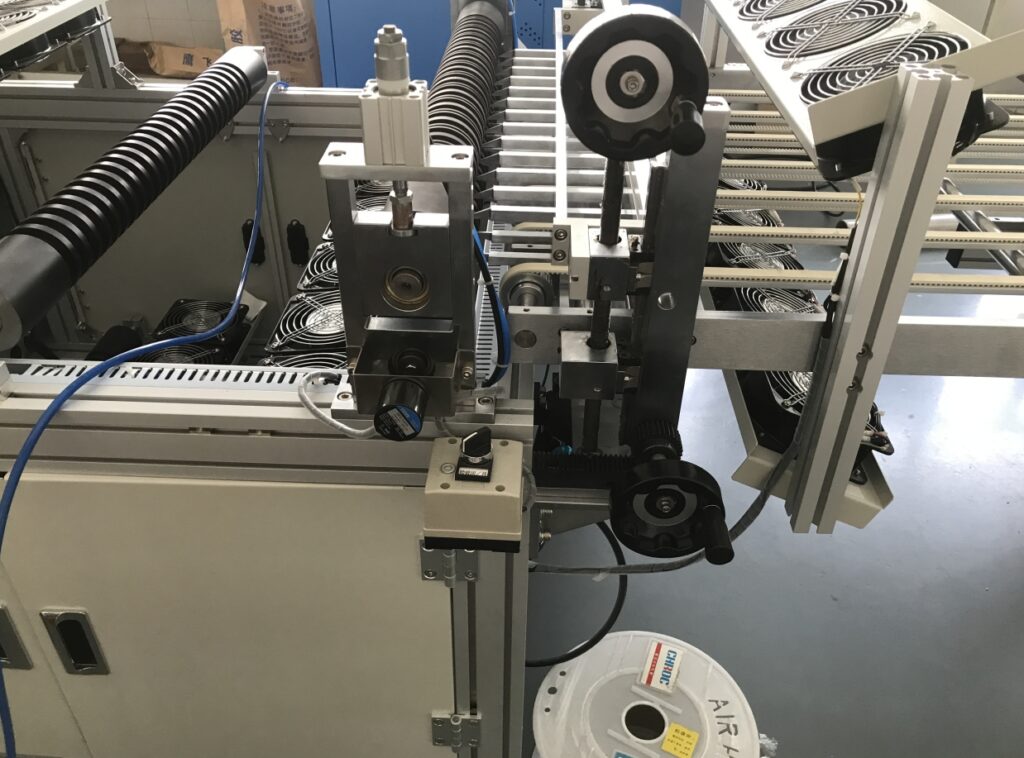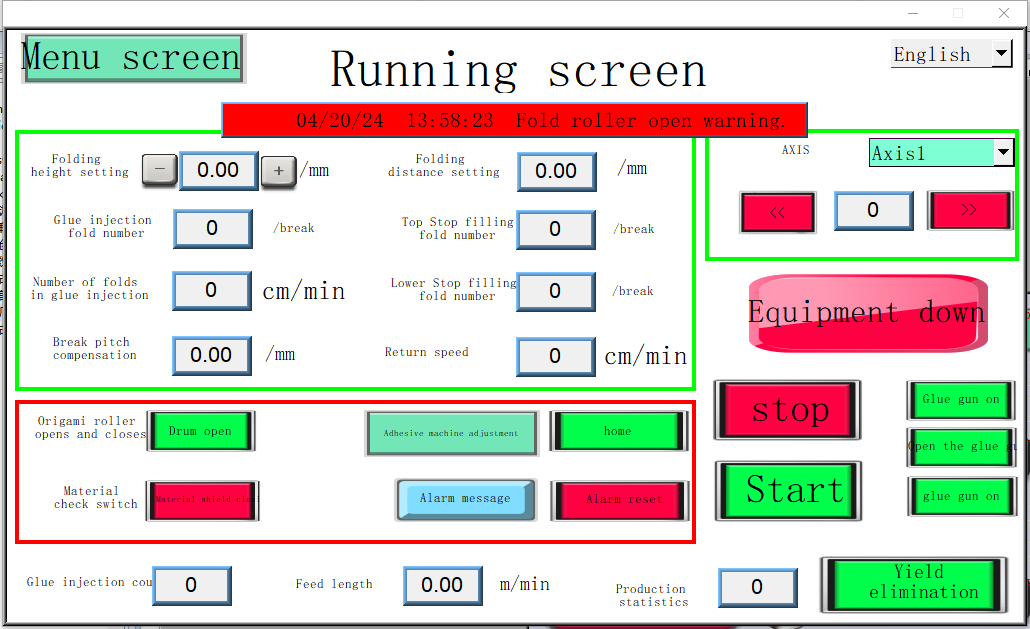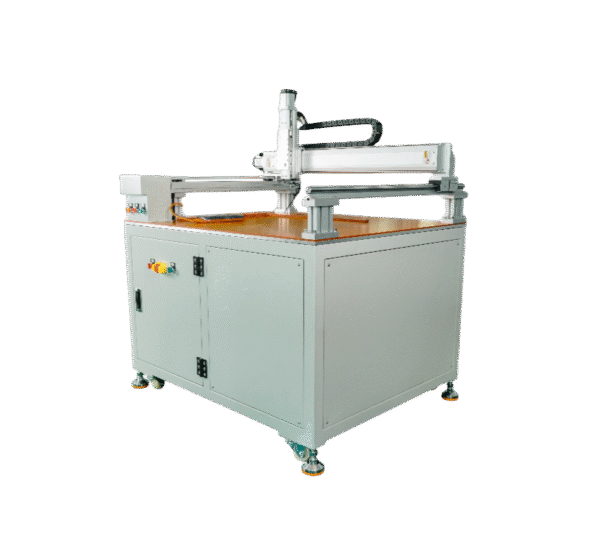The surge in demand for large-size and high-flow air filters has driven the need for rugged paper pleating machines to handle heavy filter media under high-load conditions. Traditional mechanical pleating machines often have difficulty handling thick, multi-layer press, resulting in uneven pleating and frequent clogging. A servo-driven paper pleating machine can overcome these high-load pleating problems. By integrating high-torque servo motors, closed-loop motion control, and adaptive force feedback on each axis, the filter production equipment solutions provided by Dahe can dynamically adjust according to material resistance to ensure consistent pleat profiles without being mechanically limited by cam drive or pneumatic systems.
High-torque servo motors for servo driven paper pleating machines
The core of servo driven paper pleating machines is a high-torque direct-drive servo motor. The servo motor drives the rack to lift and lower during folding and lifting, which is more stable and can replace traditional stepper motors or pneumatic actuators. When pleating heavy or thick filter media, a continuous rated torque of up to 5 Nm per axis can be provided to ensure that the pleating head passes smoothly through dense materials and maintains a stable line speed of up to 120 m/min.
These servomotors also respond instantly to changes in load; for example, when media thickness changes suddenly due to uneven tension, the motor control system increases torque within milliseconds to prevent stalling. Precision reducers couple the servo axis to the pleating cam or linear slide, converting high torque into the mechanical motion required for precise folding. This keeps output high and avoids downtime in a production environment.
Closed-loop motion control for servo driven paper pleating machines for precise pleat formation
Paper pleating machines under servo drive can have closed-loop motion control, with high-resolution encoders on each axis. The architecture continuously monitors actual position versus command position and adjusts motor current in real time to correct any deviations. During high-load pleating, the system can detect slight lags or overshoots caused by media resistance and immediately compensate, keeping pleat depth and pitch within a tolerance of ±0.1 mm.
Closed-loop control extends to pleat height adjustment, paper feed speed, and exit indexing. The machine can adapt to resistance without human intervention by synchronising these axes. For example, suppose the feed roll tension increases due to roll diameter changes. In that case, the servo control temporarily reduces the feed speed to prevent paper tearing, then seamlessly returns to the target speed.
Real-time load feedback and adaptive force control
High-load pleating often results in unpredictable changes in media hardness, adhesion or fibre composition, which can cause pleat jams or deformation if not controlled. To address this problem, Dahe Intelligent integrates force sensors within the pleat head assembly of the paper pleating machine. These sensors measure the real-time mechanical load on the pleating die and provide actionable feedback to the servo controller. When the sensed load exceeds the preset threshold, the system dynamically adjusts the pleat head’s downward force and dwell time to ensure clean, accurate creasing.
Adaptive force control can avoid surface cracking when treating laminated or coated media. By setting a force curve for each pleat segment, the machine can optimise the crease force based on the media’s response, maximising pleat integrity and reducing scrap.
Change the pleat height and spacing through servo programmable control.
High-load pleat applications often require different pleat heights and spacing to meet different filter performance standards—for example, pleat depth for high-capacity liquid filters, or tighter spacing for fine particle control. Conventional pleating machines rely on mechanical cam switching or manual plate changes, which are time-consuming and inflexible. In contrast, using software, servo-driven paper pleating machines can fully program pleat height and spacing.
The operator can select a recipe that defines the pleating parameters on the control panel. The servo axis then executes the corresponding motion profile with microsecond accuracy and no mechanical modification. This digital flexibility is compelling under high-load conditions because deeper pleats may require slower downstream conveying speeds or adjusted force trajectories, which servo systems can integrate seamlessly.
Enhancing High-Load Pleating with Servo Technology
The high-load challenges of filter media pleating processes require strong mechanical forces, intelligent, adaptable control, and robust drives. The servo-driven paper pleating machine integrates high-torque servo motors, closed-loop motion control, real-time load feedback, and programmable pleating parameters to effectively handle high-load pleating, thus translating into a high-precision process.





